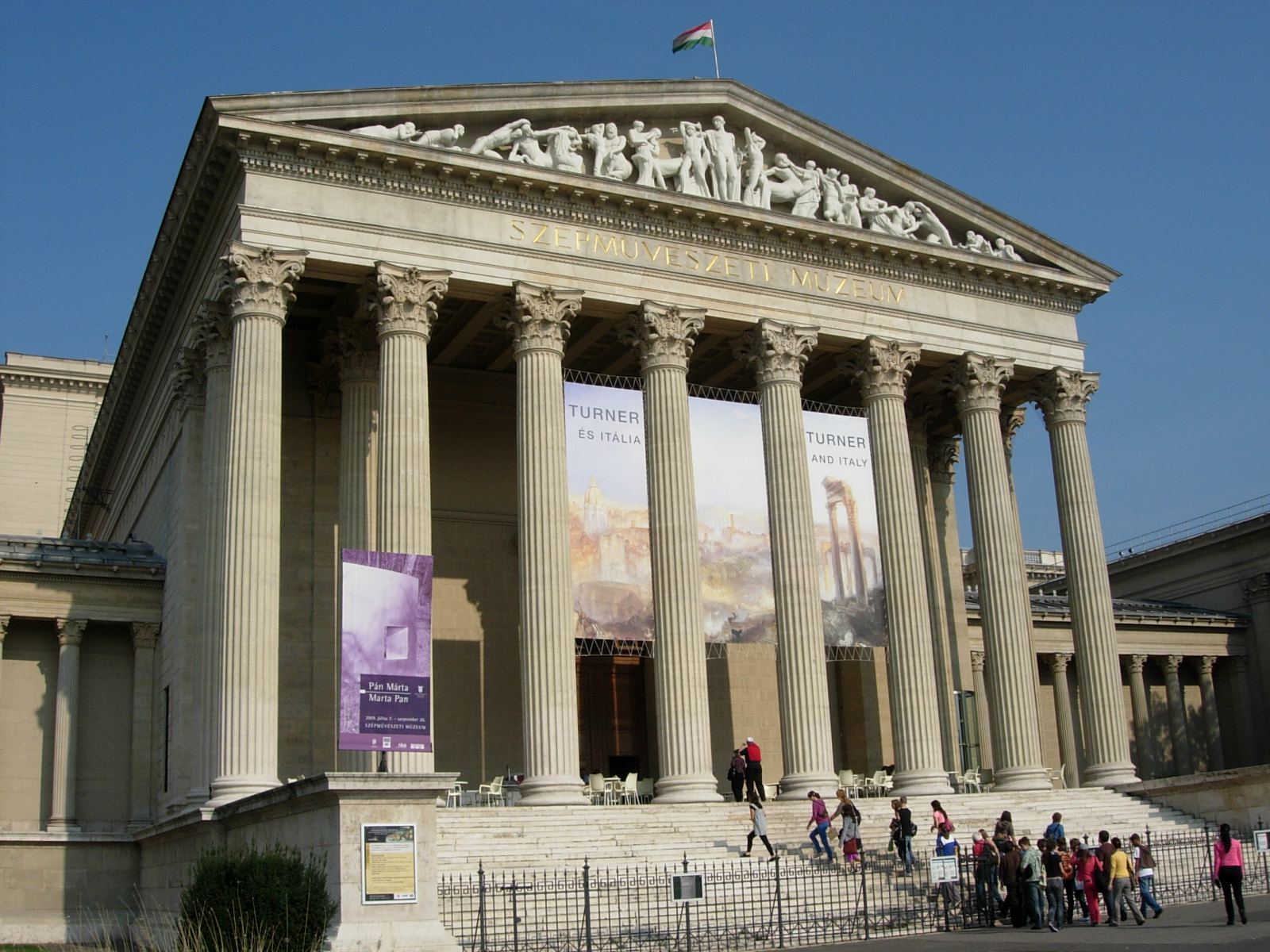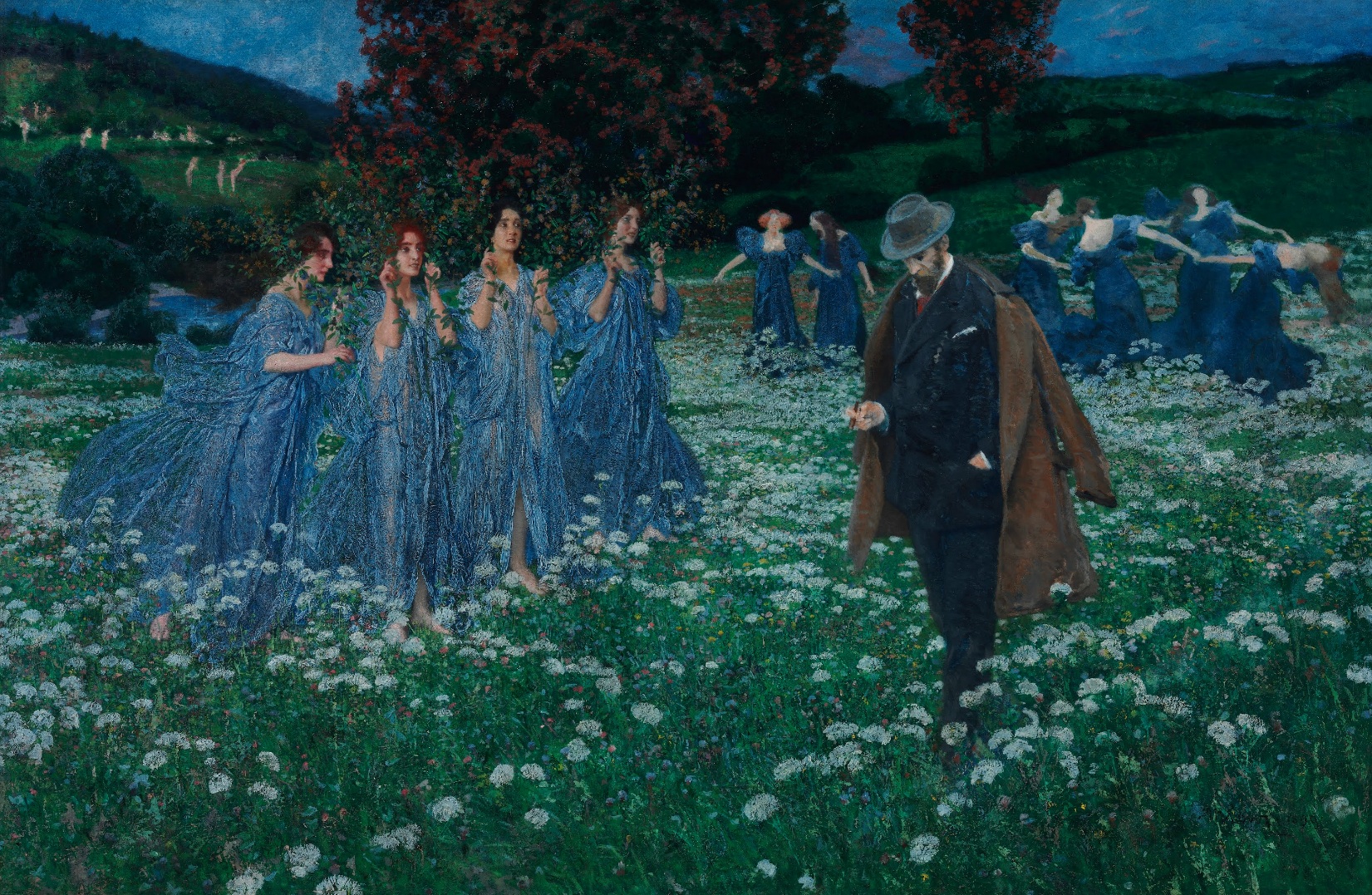 | @ Luca della Robbia - Christ and St Thomas

The Florentine sculptor Luca della Robbia came to fame thanks to a technical innovation: the discovery of a ceramic glaze made according to a special recipe. Luca was hailed by Leon Battista Alberti as 'worthy of admiration', no doubt because he considered his invention one of the proofs of the renaissance of Florentine art. Luca della Robbia, who was studying as a goldsmith, had in fact already shown himself to be capable of producing excellent sculptures in other materials, such as marble and bronze. He continued to fashion works in these media to the end of his life, as well as undertaking commissions for glazed terracotta.
This small terracotta statuette of Christ and St Thomas is a modello that Luca della Robbia made as a preparatory study for a monumental bronze group. The statue was intended for one of the niches decorating the exterior of Orsanmichele, the church of Florence's guilds, which previously contained Donatello's statue of St Louis of Toulouse. In 1463, as part of the project, Luca had made the glazed terracotta coat of arms for the patrons of the niche, the Tribunale della Mercanzia, for which he was paid separately. Subsequently, 400 gold florins' worth of bronze was purchased for the casting of the statues, but for reasons unknown the sculpture was never executed, and years later the commission passed to Andrea del Verrocchio.
Unlike Verrocchio's bronze group, in Luca della Robbia's composition the Apostle Thomas, doubting Christ's resurrection and placing his hand into the wound in Christ's side, rather than being troubled by violent emotion, humbly accepts what is incomprehensible to the human mind. The figures are motionless, and time seems momentarily to stand still. Though the head of Christ has been destroyed, and the group retains only traces of original paint, this is compensated for by the delicacy of the modelling. The features of Thomas's face and the arrangement of the folds of his clothes are reminiscent of Della Robbia's figures in relief on the bronze door of the sacristy of the Duomo in Florence, which were made at the same time as the model.
Text: © Manga Pattantyús
| Luca della Robbia - Christ and St Thomas (E)
The Florentine sculptor Luca della Robbia came to fame thanks to a technical innovation: the discovery of a ceramic glaze made according to a special recipe. Luca was hailed by Leon Battista Alberti as 'worthy of admiration', no doubt becau ... |










.jpg)
.jpg)
.jpg)
.jpg)
.jpg)
.jpg)
.jpg)
.jpg)
.jpg)
.jpg)






.jpg)
.jpg)
.jpg)
.jpg)
.jpg)
.jpg)
.jpg)
.jpg)






.jpg)
.jpg)
.jpg)
.jpg)


.jpg)
.jpg)
.jpg)
.jpg)